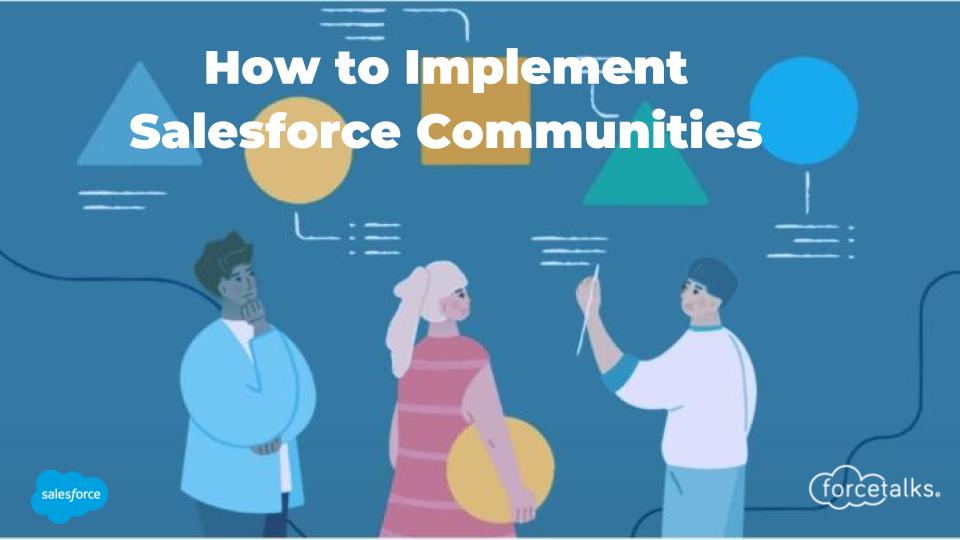Hi,
Use Lightning Data Service to load, create, edit, or delete a record in your component without requiring Apex code. Lightning Data Service handles sharing rules and field-level security for you. In addition to not needing Apex, Lightning Data Service improves performance and user interface consistency.
At the simplest level, you can think of Lightning Data Service as the Lightning Components version of the Visualforce standard controller. While this statement is an over-simplification, it serves to illustrate a point. Whenever possible, use Lightning Data Service to read and modify Salesforce data in your components.
Data access with Lightning Data Service is simpler than the equivalent using a server-side Apex controller. Read-only access can be entirely declarative in your component’s markup. For code that modifies data, your component’s JavaScript controller is roughly the same amount of code, and you eliminate the Apex entirely. All your data access code is consolidated into your component, which significantly reduces complexity.
Lightning Data Service provides other benefits aside from the code. It’s built on highly efficient local storage that’s shared across all components that use it. Records loaded in Lightning Data Service are cached and shared across components. Components accessing the same record see significant performance improvements, because a record is loaded only once, no matter how many components are using it. Shared records also improve user interface consistency. When one component updates a record, the other components using it are notified, and in most cases, refresh automatically.
Loading a Record
Loading a record is the simplest operation in Lightning Data Service. You can accomplish it entirely in markup.
Saving a Record
To save a record using Lightning Data Service, call saveRecord on the force:recordData component, and pass in a callback function to be invoked after the save operation completes.
Creating a Record
To create a record using Lightning Data Service, declare force:recordData without assigning a recordId. Next, load a record template by calling the getNewRecord function on force:recordData. Finally, apply values to the new record, and save the record by calling the saveRecord function on force:recordData.
Deleting a Record
To delete a record using Lightning Data Service, call deleteRecord on the force:recordData component, and pass in a callback function to be invoked after the delete operation completes.
Record Changes
To perform tasks beyond rerendering the record when the record changes, handle the recordUpdated event. You can handle record loaded, updated, and deleted changes, applying different actions to each change type.
Errors
To act when an error occurs, handle the recordUpdated event and handle the case where the changeType is “ERROR”.
Considerations
Lightning Data Service is powerful and simple to use. However, it’s not a complete replacement for writing your own data access code. Here are some considerations to keep in mind when using it.
Lightning Data Service Example
Here’s a longer, more detailed example of using Lightning Data Service to create a Quick Contact action panel.
SaveRecordResult
Represents the result of a Lightning Data Service operation that makes a persistent change to record data.
Hope this helps!



